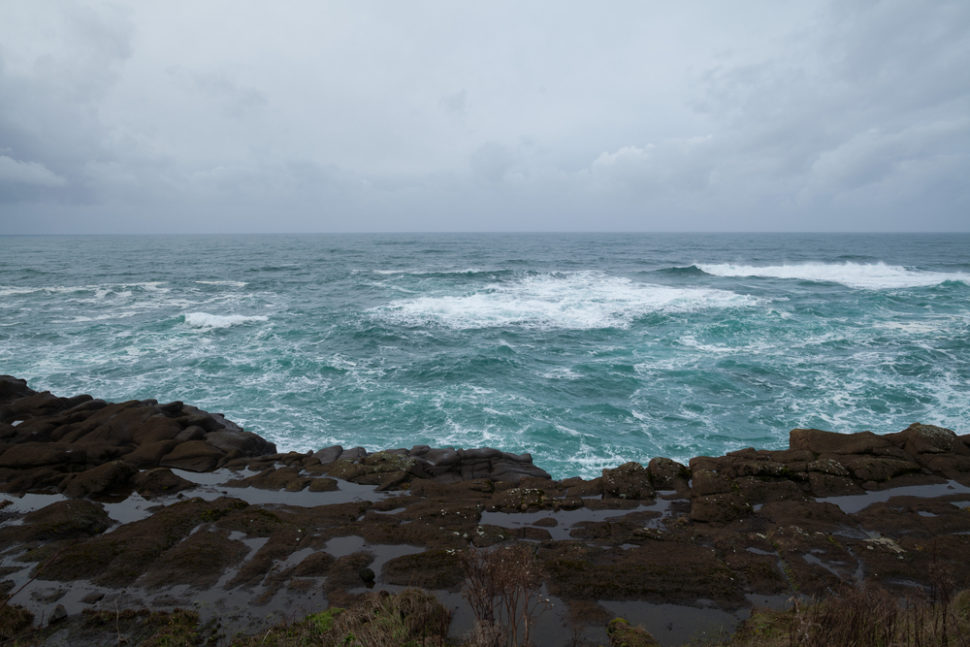The world’s oceans are home to millions of marine lifeforms, many of which exhibit bizarre traits and features which continue to amaze scientists. Just recently, a team of researchers from the University of Washington discovered arsenic-breathing microbes off the coast of Mexico in the Pacific Ocean.
To date, arsenic is considered highly poisonous to humans and other animal species. However, the recently discovered microbes appear to use the substance to survive in a marine environment where oxygen is not present.
According to the team, the lifeforms were found in a patch of the Pacific Ocean classified as anoxic. Anoxic waters are areas of the sea or ocean virtually depleted of dissolved oxygen.
Gabrielle Rocap, one of the oceanographers, said in a statement:
“We’ve known for a long time that there are very low levels of arsenic in the ocean. But the idea that organisms could be using arsenic to make a living – it’s a whole new metabolism for the open ocean.”
Arsenic-Breathing Microbes
Scientists believe that the scarcity of oxygen underwater is mainly due to climate change. The continuous warming of Earth’s oceans is now driving marine lifeforms to adapt to new ecosystems.
In the absence of oxygen, past studies revealed the existence of aquatic species that survive underwater on either sulfur or nitrogen. This is the first time that an arsenic-breathing lifeform was found in such an extreme environment.
In the samples gathered by the team from the anoxic area of the Pacific, they were able to identify two genetic pathways in the microbes that allow them to turn arsenic-based molecules into energy they can use to survive.
According to the team’s study published in the journal Proceedings of the National Academy of Sciences, this finding not only explains how life can exist in areas of our oceans totally depleted of oxygen, but it can also help in the search for extraterrestrial life on other planets.
The scientists are now planning to grow the microbes in a laboratory environment to study their metabolism further. Jaclyn Saunders, one of the researchers, said:
“What I think is the coolest thing about these arsenic-respiring microbes existing today in the ocean is that they are expressing the genes for it in an environment that is fairly low in arsenic. It opens up the boundaries for where we could look for organisms that are respiring arsenic, in other arsenic-poor environments.”

















Comments (0)
Most Recent